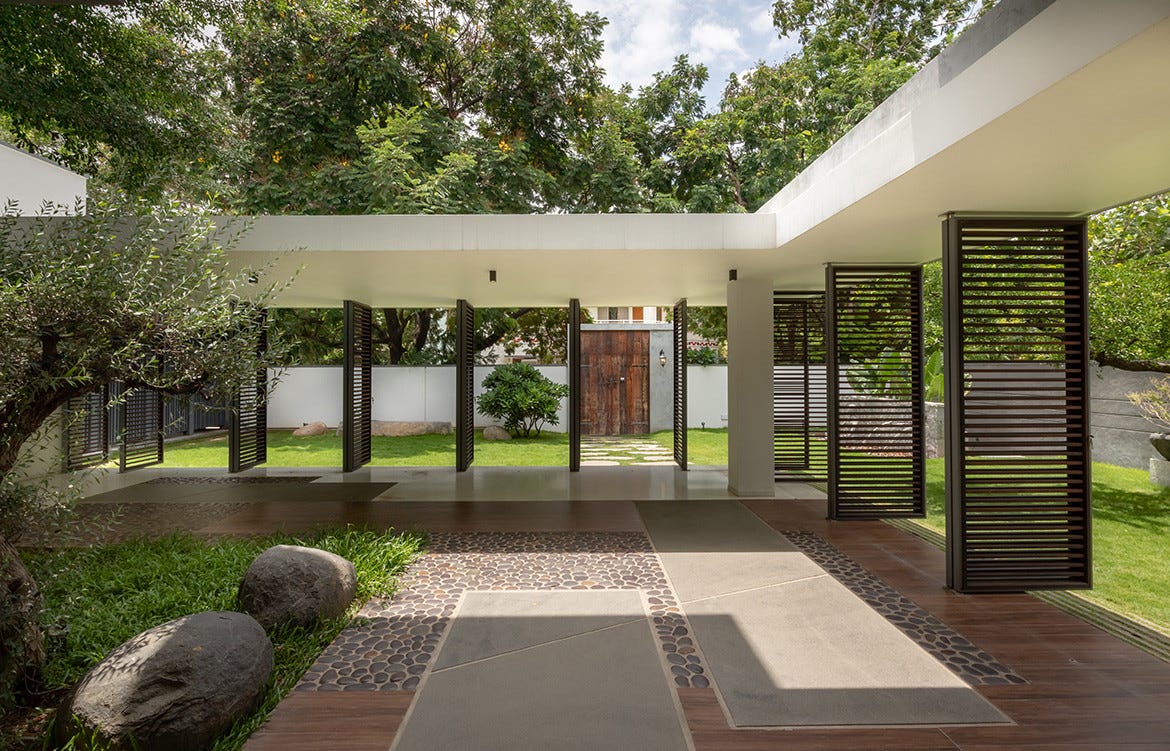Welcome to the Brown History Newsletter. If you’re enjoying this labor of love, please do consider becoming a paid subscriber. Your contribution would help pay the writers and illustrators and support this weekly publication. If you like to submit a writing piece, please send me a pitch by email at brownhistory1947@gmail.com.
Don’t forget to check out our SHOP and our Podcast.

Unlocking The Secrets Of Vāstu: Harmonizing Spaces In The 21st Century
In an era characterized by fast-paced and ever-evolving real estate markets, Vāstu Sāstra, or Vāstu, is currently witnessing a remarkable resurgence. Vāstu, an ancient Indian architectural tradition, focuses on creating harmonious spaces by considering factors like building orientation, room placement, and elemental arrangement. It aims to enhance the well-being and prosperity of occupants by aligning structures with cosmic and earthly energies, fostering physical, mental, and spiritual well-being.
This ancient and distinctive fusion of architectural and design philosophy has played an influential role in property construction globally. Interestingly, the new Parliament building in India boldly embraced the core principles of Vāstu, with its triangular shape mirroring the fierce 'Agni' Tatv, an emblem of unbridled positive energy.
References to Vāstu can be traced backto the Vedic period, with its roots in the Vedas - particularly the Atharvaveda and the Rigveda. The word "Vāstu" itself is derived from the Sanskrit word "Vas," which means to dwell or live.
In his book, "The Amazing Science of Vaastu," A.K. Hari meticulously elucidates that in India, Vāstu had been largely obscured from contemporary memory until the latter part of the 20th century. However, it was during this period that Vāstu experienced a renaissance of interest, catalyzed by the industrialists in South India. Faced with substantial business losses, these entrepreneurs turned to Vāstu practitioners in search of solutions. Hari's words encapsulate the essence of this transformation, stating, "The spectacular about-turn in their fortune as a result of incorporating modifications on the lines of Vāstu norms and their open confession of the face paved the way for the rebirth of Vāstu."




